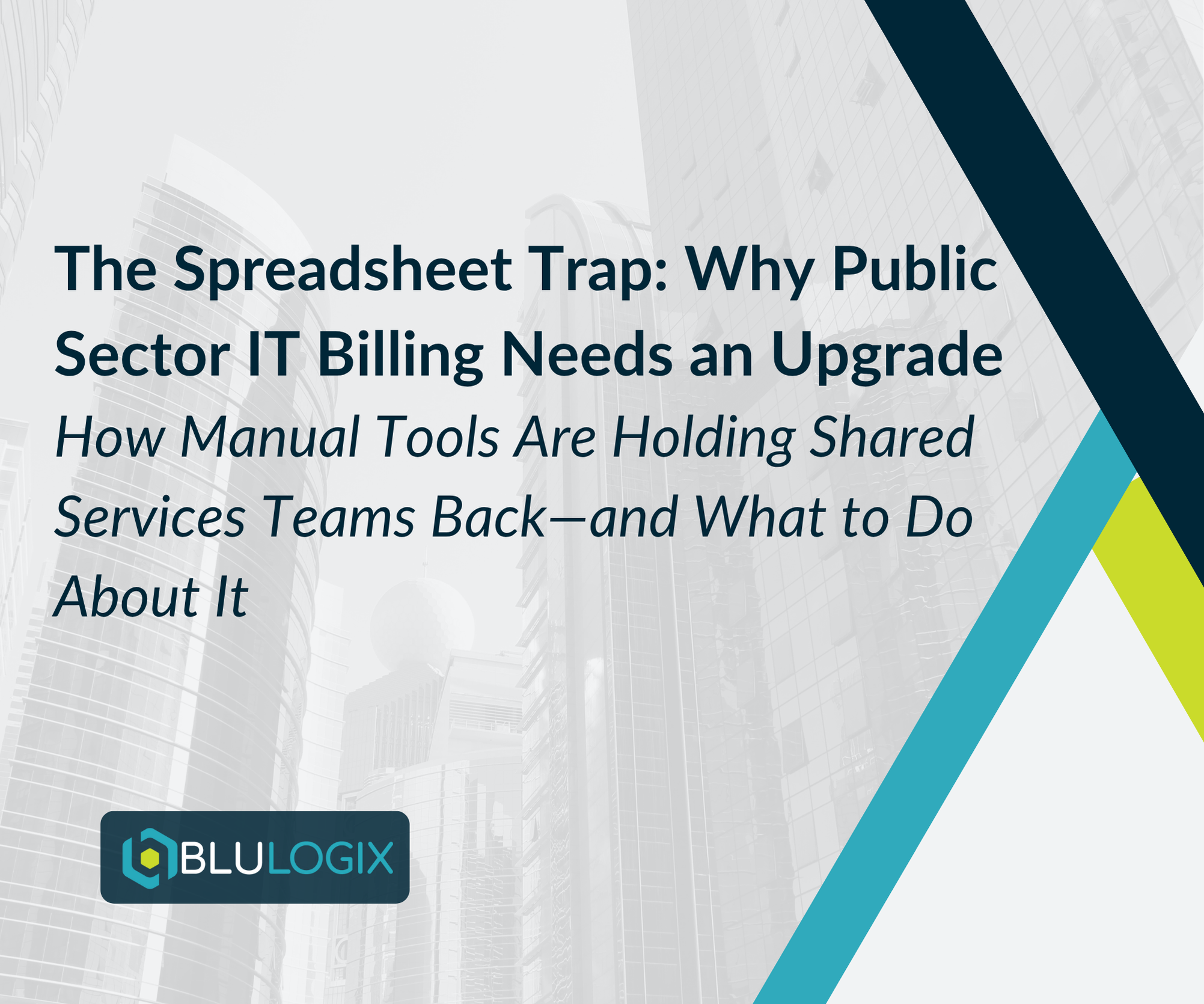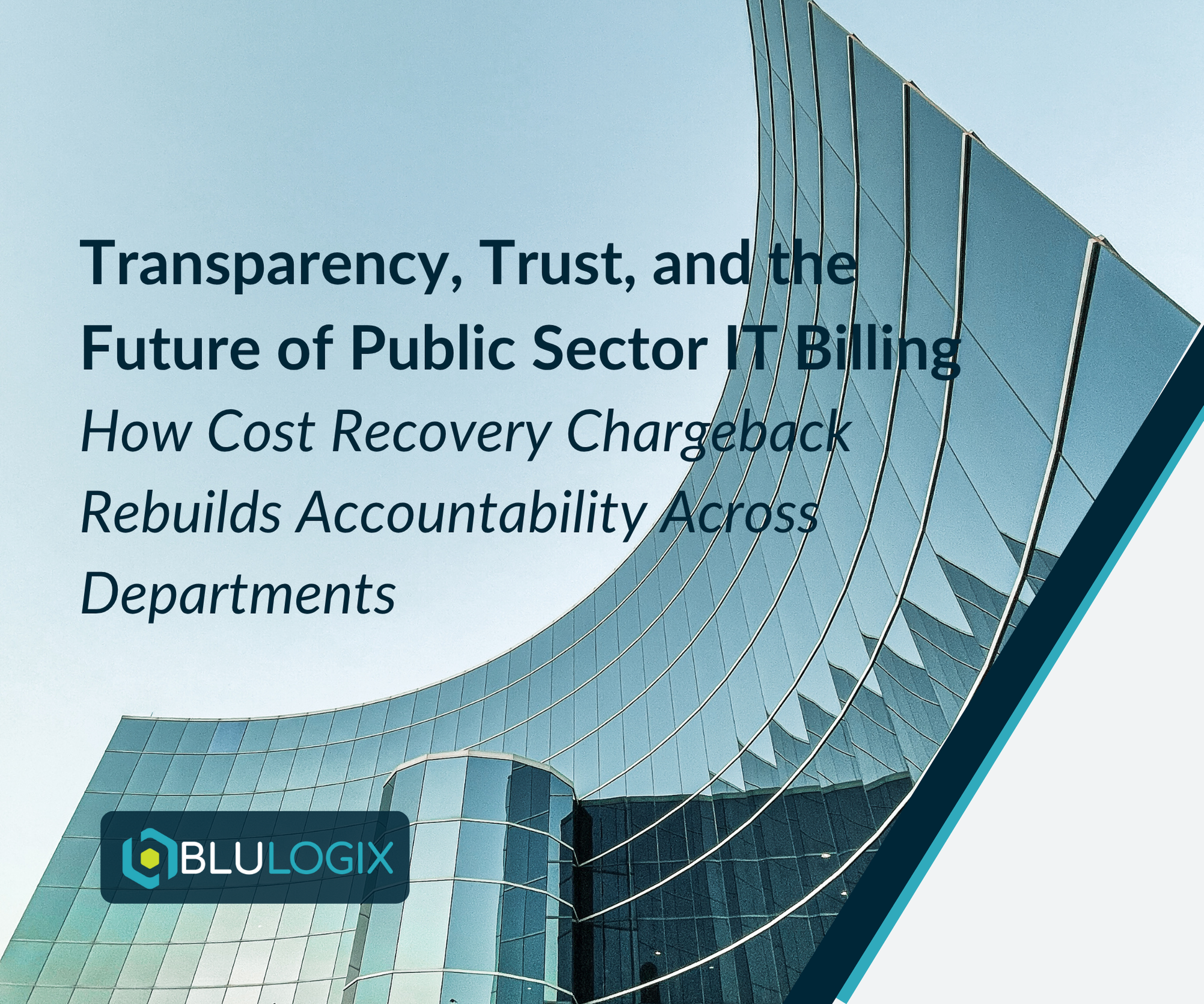What Subscription Pricing Models Can Optimize Business Success?
Grow your Business with Consumption-Based Pricing
In our last post, we discussed the benefits of recurring revenue models and the power of subscription pricing. In this blog post, we will delve deeper into the different subscription pricing models available to SaaS businesses. We will explore the characteristics, pros, and cons of each model, and provide insights on choosing the right pricing model for your specific business needs. Additionally, we will explore how leveraging usage-based pricing can drive growth and enhance your SaaS business.
Flat-Rate Pricing Model:
The flat-rate pricing model involves offering a fixed price for unlimited access to the SaaS product or service. Let’s examine the pros and cons of this model:
Pros:
Simplicity and predictability for customers, as they pay a fixed amount regardless of usage.
Ease of understanding and budgeting, as there are no additional charges based on usage.
Reduced administrative complexity, as billing remains consistent across all customers.
Cons:
Potential revenue limitations, as high-usage customers may pay the same as low-usage customers.
Limited scalability, as the pricing structure does not directly align with customer usage patterns.
Difficulty in capturing the full value of the product or service if customers underutilize it.
Tiered Pricing Model:
The tiered pricing model offers multiple subscription tiers with different features, functionalities, and pricing levels. Let’s explore the pros and cons of this model:
Pros

Flexibility for customers, as they can choose the tier that aligns with their specific needs and budgets. Scalability, as customers can easily upgrade or downgrade to different tiers as their requirements change. Opportunity for revenue growth, as higher-tier customers pay more for additional features and capabilities.
Cons:
Complexity in designing and managing multiple tiers, including defining the right feature differentiations.
Potential confusion for customers when selecting the most suitable tier for their needs.
Difficulty in maintaining pricing consistency across different tiers and ensuring fairness in value delivery.
Usage-Based Pricing Model:
The usage-based pricing model charges customers based on their actual usage of the SaaS product or service. Let’s examine the pros and cons of this model:
Pros:
Fairness and transparency, as customers pay based on their usage, aligning costs with value received.
Cost efficiency for customers with fluctuating or unpredictable usage patterns.
Potential for revenue growth, as higher usage translates to increased revenue for the SaaS business.
Cons:
Complexity in determining the right pricing metrics and rates for different usage levels.
Difficulty in predicting and forecasting revenue due to variations in customer usage.
Potential challenges in communicating and managing usage-based billing to ensure customer understanding.
Choosing the Right Pricing Model for Your SaaS Business:
Selecting the appropriate pricing model for your SaaS business is crucial for success. Consider the following factors when making your decision:
Customer Needs and Preferences: Understand your target audience and their usage patterns to determine which pricing model best aligns with their requirements and budgetary preferences.
Value Proposition: Assess the unique value proposition of your SaaS product or service and choose a pricing model that effectively captures and delivers that value to customers.
Competitive Landscape: Analyze the pricing strategies of your competitors and identify opportunities to differentiate your offering through a pricing model that stands out in the market.
Scalability and Revenue Goals: Consider your growth objectives and evaluate how each pricing model can support your scalability goals and revenue generation.
Leveraging Usage-Based Pricing to Drive Growth:
Usage-based pricing offers immense potential for driving growth in your SaaS business. By aligning costs with customer usage, you can:
Encourage Adoption and Expansion: Lower entry barriers by allowing customers to start with minimal usage and scale up gradually as they recognize the value of your product or service.
Drive Customer Engagement: Usage-based pricing creates incentives for customers to actively engage with your offering, increasing usage and promoting a deeper understanding of its benefits.
Maximize Revenue Potential: By accurately capturing and monetizing customer usage, you can ensure that your SaaS business captures the full value of its offerings and optimizes revenue generation.

Foster Customer Success: Usage-based pricing promotes a mutually beneficial relationship, where customers derive value from your product or service and you, in turn, benefit from their increased usage and loyalty.
Exploring different subscription pricing models, such as flat-rate, tiered, and usage-based, is essential for designing a pricing strategy that aligns with your SaaS business goals. Each model has its own advantages and considerations, and the right choice depends on factors such as customer preferences, value proposition, competitive landscape, and revenue objectives. Leveraging usage-based pricing can further enhance growth by incentivizing customer engagement, driving adoption, and maximizing revenue potential. In our next post, we will delve into the implementation and optimization of subscription and usage-based pricing strategies for your SaaS business.
Grow your Business with Consumption-Based Pricing
Learn more

The Spreadsheet Trap: Why Public Sector IT Billing Needs an Upgrade

How Cost Recovery Chargeback Rebuilds Trust in Public Sector IT


